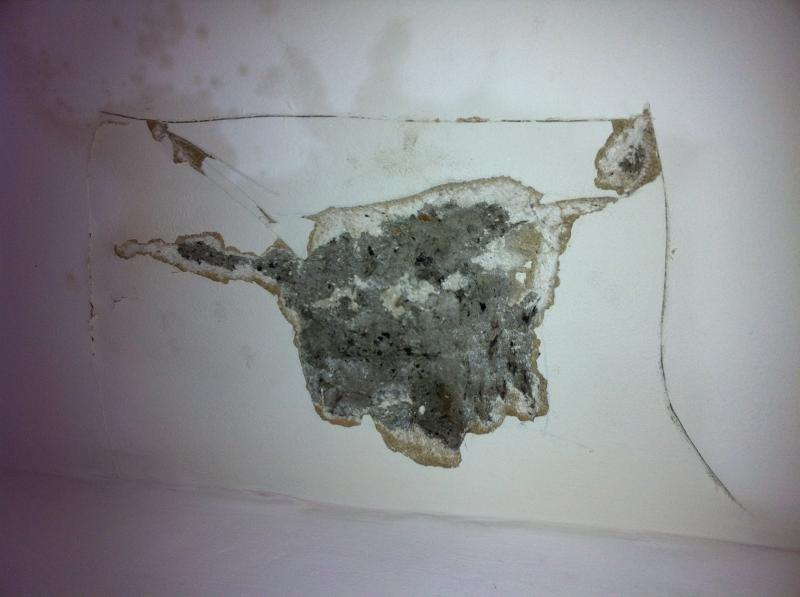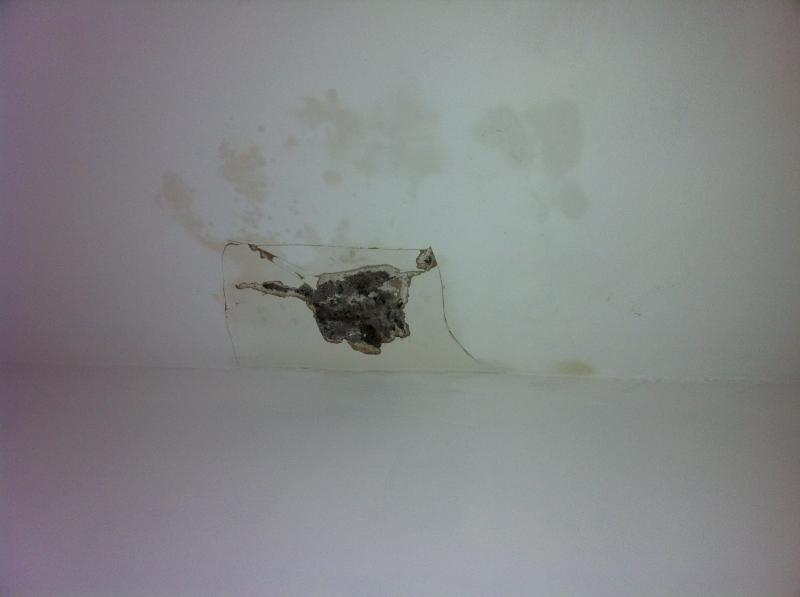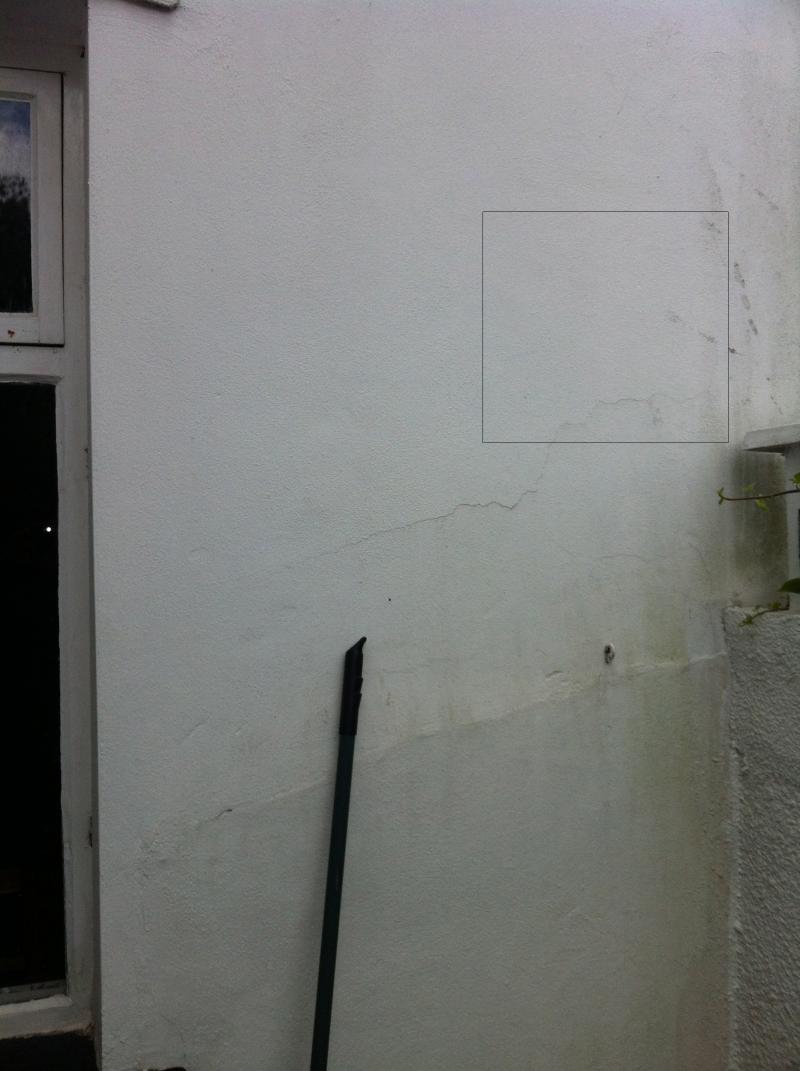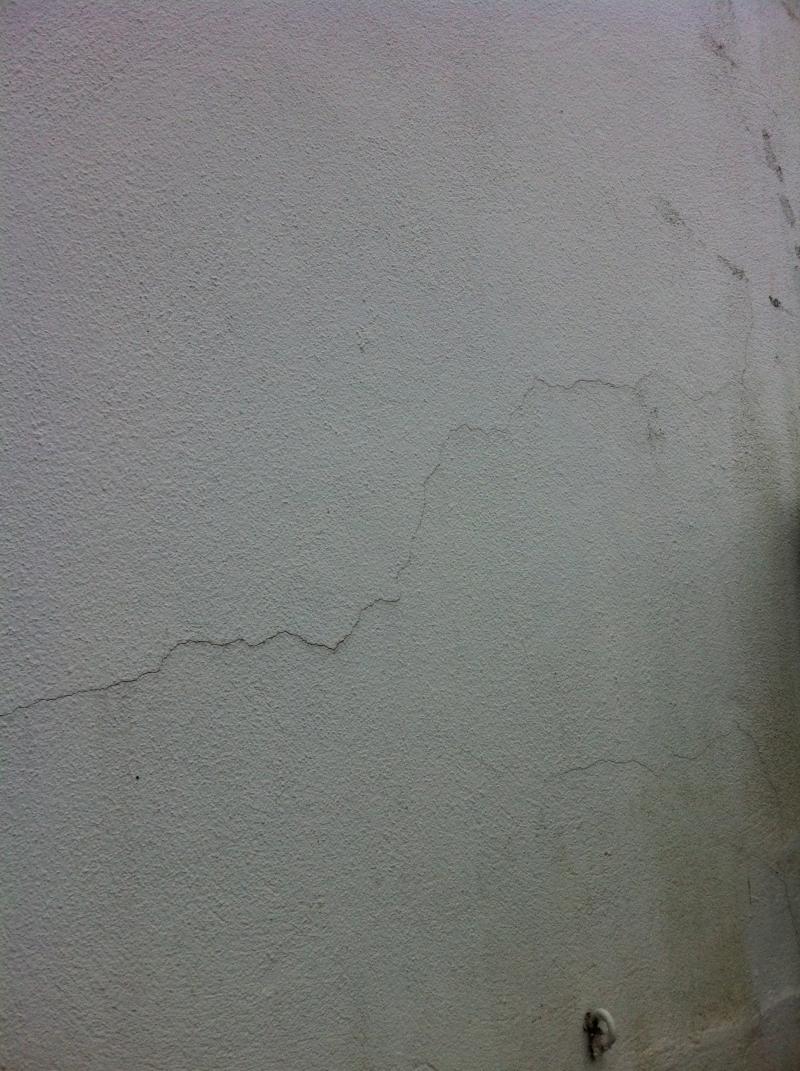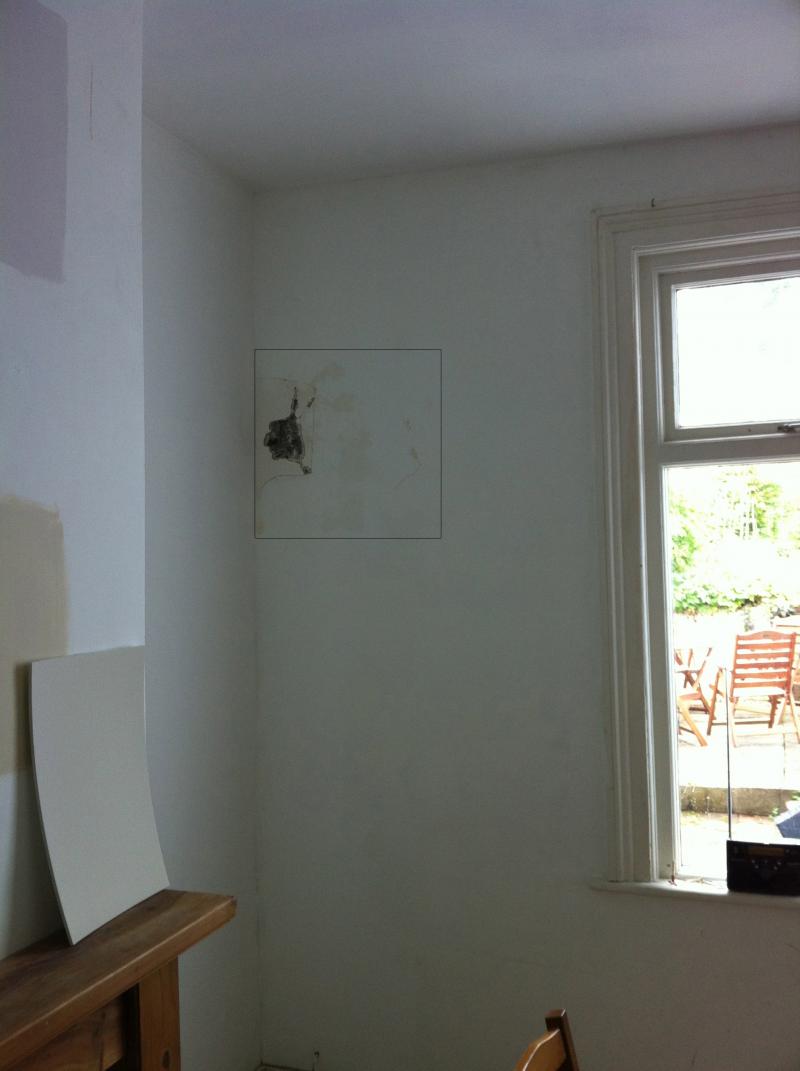Hi all,
Firstly this is my first post so please bear with me.
After removing some horrible shelves in an alcove in preparation to re-paint and spruce up my dining room I've discovered a patch of plaster that sounds very hollow when knocked (the wall around it sounds fine). After painting it white in preparation i noticed a darker patch was showing through so new that further investigation was needed. I cut out a little section to investigate what was underneath, the top layer came off very easily and underneath looks like a sort of cement which is also crumbly (see attached photos).
I was wondering if anyone could identify what this is and the best way to go about fixing it? The total hollow sounding patch i about 30 x 45 cm. Please note that the images are displayed horizontally when they should be vertical.
Many thanks in advance.
Pete
Firstly this is my first post so please bear with me.
After removing some horrible shelves in an alcove in preparation to re-paint and spruce up my dining room I've discovered a patch of plaster that sounds very hollow when knocked (the wall around it sounds fine). After painting it white in preparation i noticed a darker patch was showing through so new that further investigation was needed. I cut out a little section to investigate what was underneath, the top layer came off very easily and underneath looks like a sort of cement which is also crumbly (see attached photos).
I was wondering if anyone could identify what this is and the best way to go about fixing it? The total hollow sounding patch i about 30 x 45 cm. Please note that the images are displayed horizontally when they should be vertical.
Many thanks in advance.
Pete


